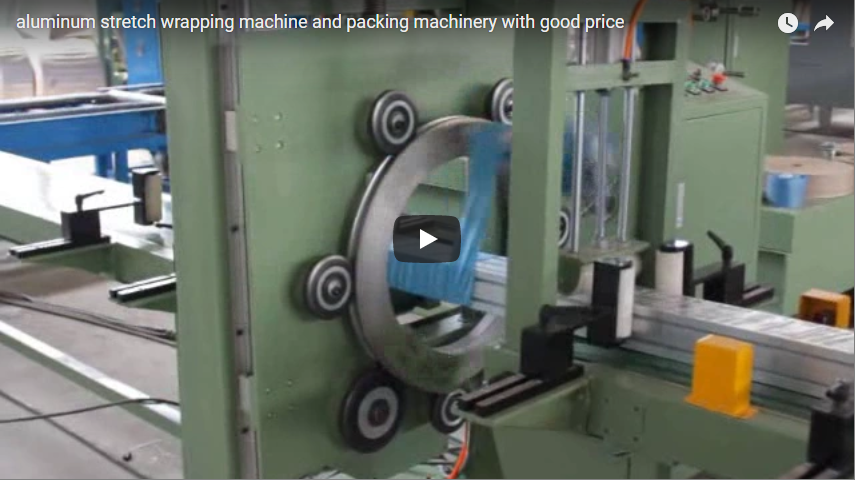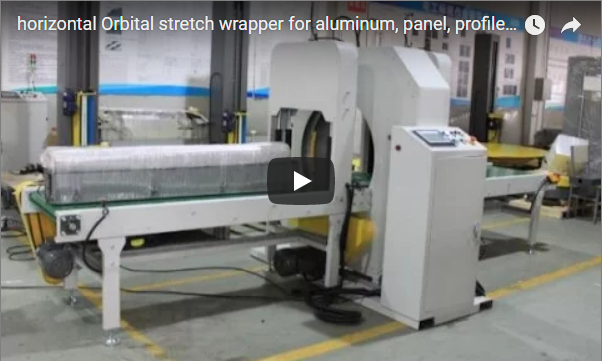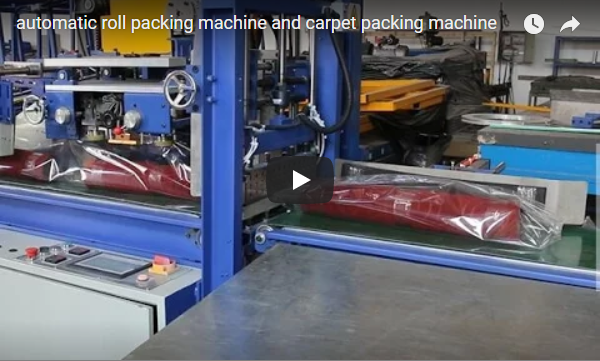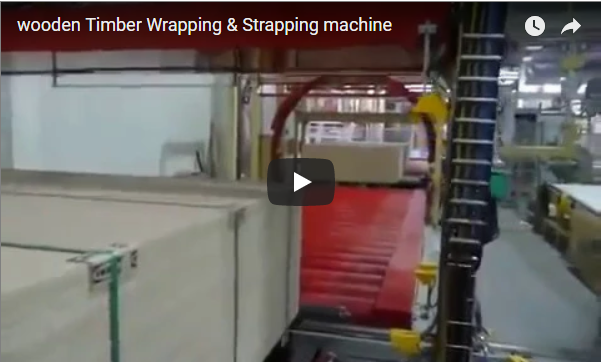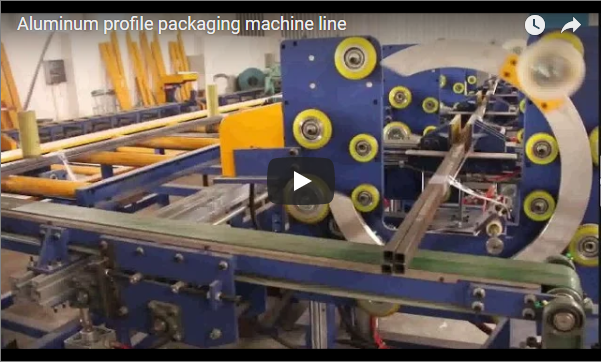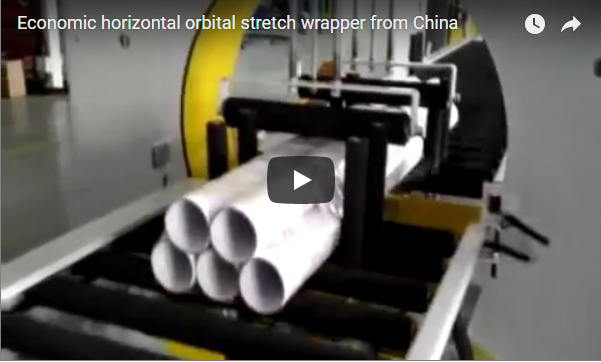Mastering Packaging Efficiency: A Deep Dive into the Automatic Box Horizontal Orbital Wrapper
In today's fast-paced logistics and manufacturing landscape, ensuring products reach their destination safely and efficiently is paramount. Damaged goods not only erode profits but also tarnish brand reputation. Enter the Automatic Box Horizontal Orbital Wrapper, a sophisticated piece of packaging automation designed to provide robust protection for boxed goods of various sizes. This article delves into the technical intricacies, operational advantages, and real-world applications of this essential machine, offering insights valuable to operations managers, packaging engineers, and supply chain professionals.
1. Unpacking the Technology: How the Horizontal Orbital Wrapper Works
At its core, an Automatic Box Horizontal Orbital Wrapper utilizes a distinct orbital wrapping mechanism. Unlike traditional turntable wrappers, this machine keeps the product stationary on a horizontal conveyor while a rotating ring carriage, equipped with a stretch film roll, orbits around the box.
Here’s a breakdown of the typical process:
- Infeed: Boxes are fed onto the machine's integrated conveyor system, often automatically sequenced from an upstream process.
- Positioning: Sensors detect the box's position, ensuring it stops accurately within the wrapping zone.
- Wrapping Cycle: The PLC (Programmable Logic Controller) initiates the wrapping sequence. The orbital ring begins to rotate around the stationary box, dispensing stretch film. The film carriage typically moves vertically or adjusts its overlap based on pre-programmed settings accessed via a touch screen interface (HMI).
- Film Application: Advanced systems often feature powered pre-stretch capabilities, stretching the film before application. This maximizes film yield (reducing costs) and provides superior load containment.
- Clamping and Cutting: Once the programmed number of wraps is complete, an automated system securely clamps the film tail, cuts it cleanly, and often wipes it down against the box, ensuring no loose ends.
- Outfeed: The wrapped box is then automatically conveyed out of the machine, ready for the next stage (palletizing, shipping, etc.).
The key structural elements include a robust steel frame to handle industrial environments, precision bearings for the high-speed rotating ring, reliable conveyor belts, and sophisticated electronic controls for seamless automation.
2. Key Technical Specifications (Example Configuration)
Please note: The parameters listed below are illustrative and may not precisely match the equipment shown in the video. For exact specifications tailored to your needs, direct consultation is recommended.
- Machine Type: Automatic Box Horizontal Orbital Wrapper
- Control System: PLC Based Controls with Touch Screen Interface (HMI)
- Wrap Material Compatibility: LLDPE Stretch film, PE (Polyethylene), PVC (Polyvinyl Chloride)
- Maximum Product Dimensions (Example):
- Length: 2400mm
- Width: 1200mm
- Height: 1000mm
- Wrapping Efficiency: Up to 60 boxes per hour (variable based on box size and wrap pattern)
- Approximate Machine Footprint:
- Length: 4000mm
- Width: 1500mm
- Height: 1800mm
- Power Requirement (Typical): 240V, 50Hz, Single Phase (configurable)
- Safety Features: Emergency Stop buttons, Protective Guarding around moving parts, Safety interlocks
- Compliance Standards: ISO 9001:2015, CE Certified
- Advanced Features: Customizable Wrap Patterns (e.g., reinforced edge wraps), Automatic Film Clamping and Cutting, Variable Pre-Stretch Ratios, Potential for integration with existing production lines.
3. The Operator's Perspective: A Day with the Orbital Wrapper
From an operational standpoint, integrating an automatic orbital wrapper significantly streamlines the end-of-line packaging process. Setup typically involves loading a new roll of stretch film – often facilitated by ergonomic designs – and selecting the appropriate wrapping program via the HMI.
Daily Experience Highlights:
- Ease of Use: Modern HMIs are intuitive, allowing operators to quickly select recipes for different box sizes or wrapping requirements. Adjustments like wrap tension, ring speed, and number of wraps can usually be made on the fly.
- Consistency: Automation removes the variability inherent in manual wrapping, ensuring every box receives the same level of protection, contributing to consistent load stability and reduced damage rates.
- Troubleshooting: Common issues might involve film breaks (often due to incorrect tension or film quality) or sensor misalignment. Well-designed machines provide clear error messages on the HMI, guiding operators through corrective actions. Routine checks on film rollers and cutter blades are essential preventive maintenance tasks.
- Efficiency Gains: The most notable impact is the reduction in manual labor and the significant increase in throughput compared to hand-wrapping or semi-automatic methods. This frees up personnel for more value-added tasks.
While robust, these machines require understanding. Proper training ensures operators can maximize uptime and handle routine maintenance, such as cleaning sensors and replacing wear parts like cutter blades, effectively.
4. Strategic Applications & Driving Efficiency in Key Industries
The Automatic Box Horizontal Orbital Wrapper delivers substantial benefits across various sectors:
- Furniture Industry Packaging: This is a prime application. Flat-packed or assembled furniture boxes are often long and unwieldy. The horizontal wrapper secures these items tightly, crucial for preventing abrasion damage, corner crushing, and moisture ingress during transit and storage. Customizable wrap patterns allow extra reinforcement on vulnerable edges, drastically reducing returns due to shipping damage. The secure wrap also prevents internal components from shifting.
- Electronics Distribution: High-value electronics (TVs, appliances, servers) demand pristine condition upon arrival. This wrapper provides a vital protective layer against dust, moisture, and static discharge (when used with appropriate film). The consistent, tight wrap ensures the integrity of internal packaging (like foam or anti-static bags) isn't compromised, safeguarding sensitive components throughout the complex distribution network.
- Automotive Parts Packaging: From delicate sensors to bulky body panels boxed for shipment, the automotive supply chain benefits immensely. The orbital wrapper provides secure containment, preventing parts from shifting within the box or rubbing against each other, minimizing scratches and impact damage. Its ability to handle varying box lengths and profiles makes it versatile for the diverse range of automotive components requiring robust packaging solutions.
- Building Materials: Items like boxed flooring, tiles, or panels benefit from the stability and protection offered by horizontal wrapping, ensuring they arrive at the job site or retail location undamaged and ready for use.
5. Choosing the Right Configuration
Selecting the optimal horizontal orbital wrapper involves considering:
- Product Dimensions: Ensure the machine's wrapping ring diameter and conveyor width accommodate your largest and smallest box sizes.
- Throughput Requirements: Match the machine's speed (boxes per hour) to your production output.
- Film Specifications: Consider required film type, thickness, and pre-stretch capabilities for cost-effectiveness and load security.
- Integration: Assess how the machine will fit into your existing production line – conveyor heights, communication protocols (e.g., Ethernet/IP), and safety system integration are key.
- Customization: Discuss options like top sheet dispensers (for added top protection), specialized conveyor types (e.g., roller vs. belt), and advanced diagnostic features.
6. The Future of Horizontal Wrapping
Innovation continues in packaging automation. Future trends for horizontal orbital wrappers may include enhanced IoT connectivity for remote monitoring and predictive maintenance, further advancements in sustainable film compatibility (thinner gauge, higher recycled content), and even greater integration with robotic systems for fully autonomous end-of-line packaging solutions.
For further details on horizontal wrapping technology and specific machine capabilities:
Learn More About Horizontal Wrapping Machines
Investing in an Automatic Box Horizontal Orbital Wrapper is a strategic move towards improving packaging quality, reducing operational costs, and enhancing overall supply chain resilience. By understanding its technology and applications, businesses can leverage this powerful tool to protect their products and their bottom line.
For inquiries or specific configuration details, please contact us:
info@fhopepack.com

